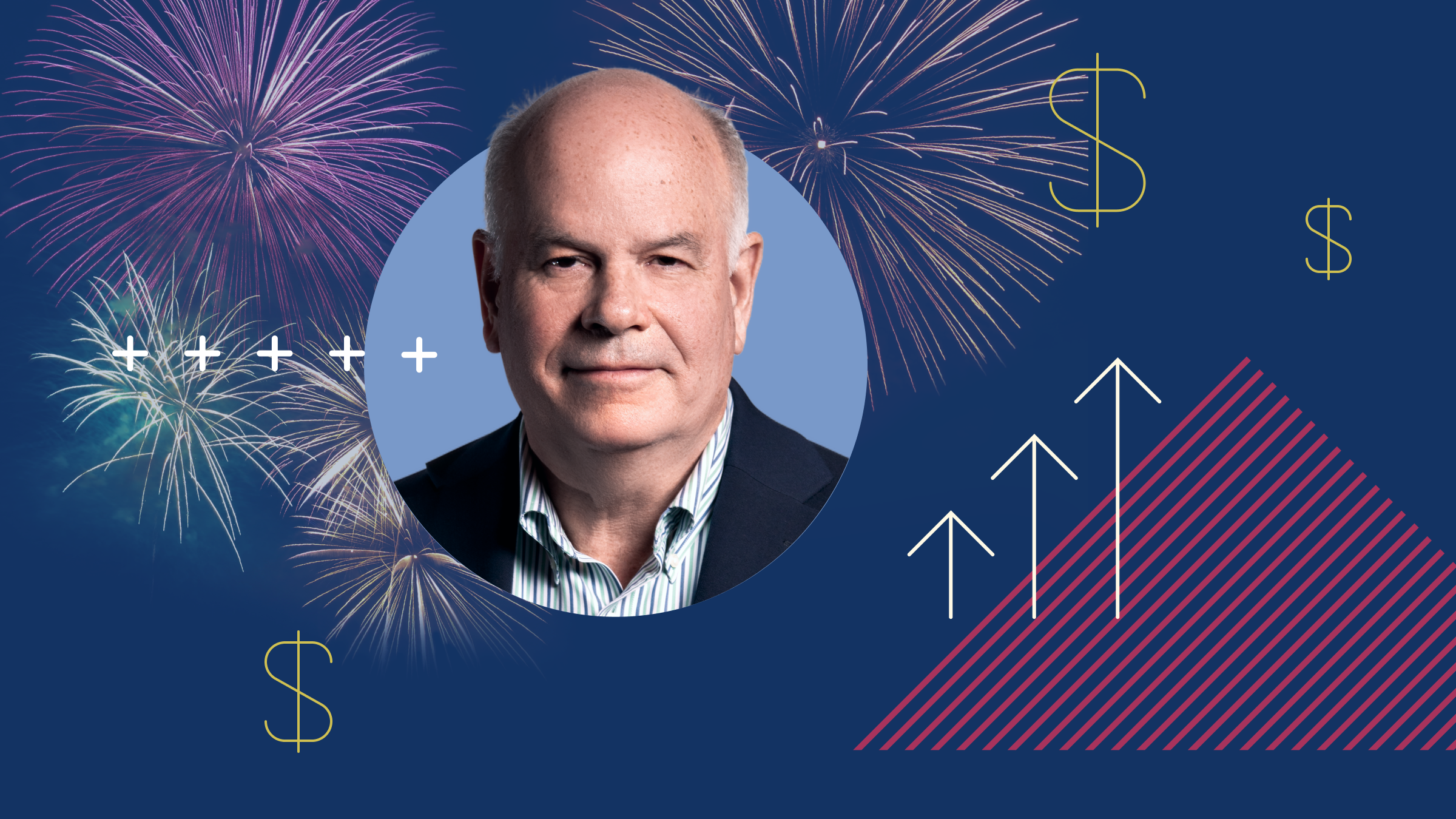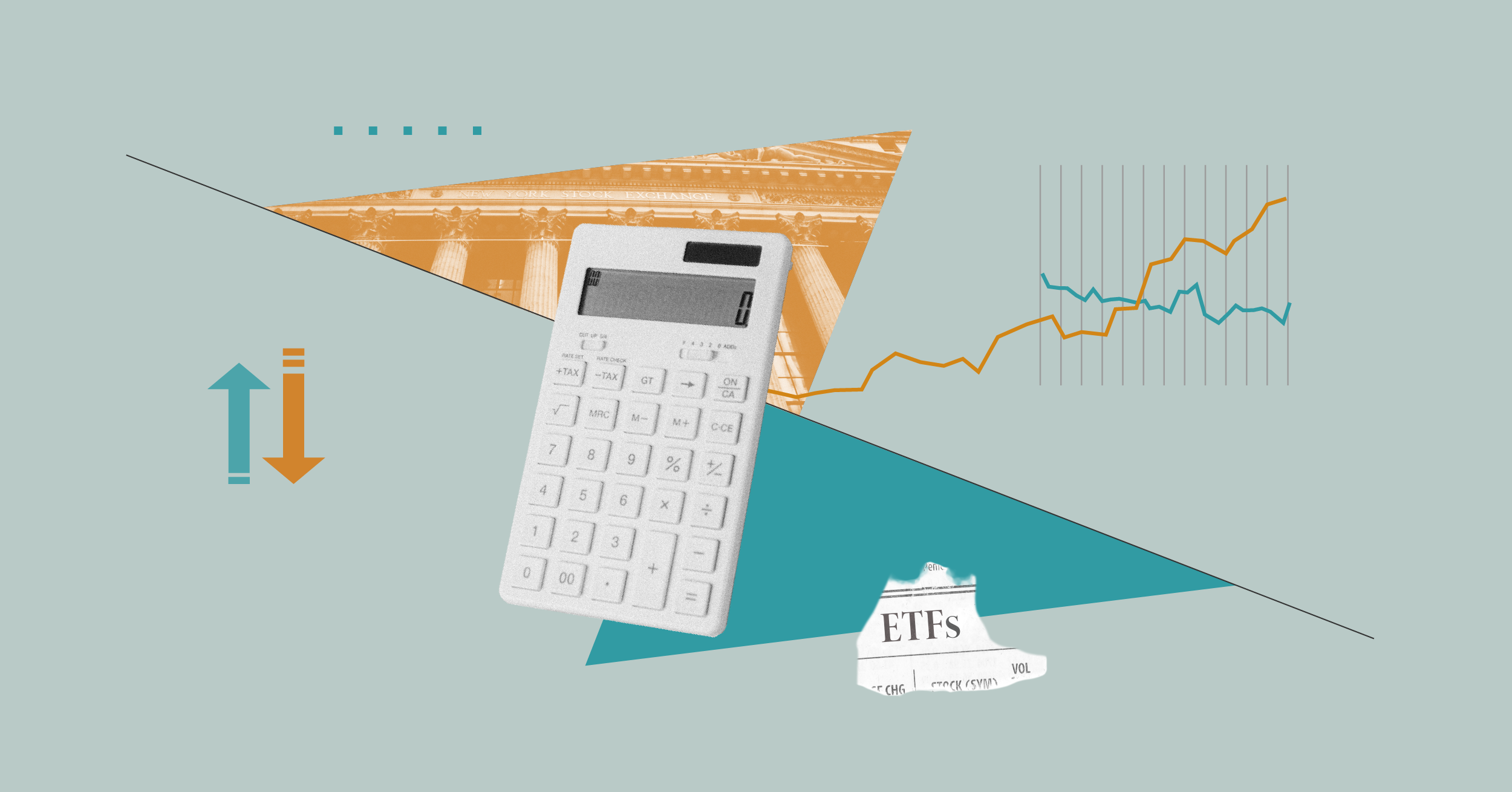I heard that you could hold mortgages in a self-directed RRSP. What kinds of mortgages qualify? Can you hold second or third mortgages?
A self-directed RRSP can hold a mortgage on either commercial or residential Canadian real estate. Such a mortgage (first, second, etc.) is a qualified investment for an RRSP provided certain conditions are met. The mortgage must be administered by an approved lender under the National Housing Act (which includes most financial institutions) and the mortgage interest rate, and other terms and conditions must reflect normal commercial practices. In addition, where the mortgage is a "non-arm's length mortgage" (i.e. the borrower who is mortgaging his or her real property is the RRSP annuitant or is related to the annuitant), the mortgage must be insured either by the Canada Mortgage and Housing Corporation (CMHC) or by a private insurer of mortgages. The mortgage insurance requirement ensures that in the event the annuitant defaults on his or her mortgage, his or her retirement savings are protected.
The main advantage of putting your own mortgage in your RRSP is that you can pay yourself (through your RRSP) a higher rate on the mortgage than you may have been able to earn on the short-term income and cash instruments currently in your RRSP. Perhaps the biggest drawback, however, is the cost. There are the typical one-time mortgage expenses, which include set-up, appraisal and legal fees; however, the biggest up-front cost is the mortgage insurance premium, which can range between 0.5% and 2.5% of the amount of the mortgage. The amount of the fee depends on the loan-to-value ratio of the mortgage and is calculated on the total amount of the mortgage on the property, regardless of the amount held within the RRSP. In addition, there are annual fees for maintaining a self-directed RRSP as well as the annual mortgage administration fees that many financial institutions charge as they continue to monitor and administer the mortgage on an annual basis.
In trying to decide whether or not this is a good strategy, you should compare the rate of return on the mortgage, taking into account the one-time and annual costs associated with holding the mortgage, to the rate of return your alternative investments would yield.
Do you have a question?
All Ask the Expert questions are read and considered. Unfortunately we can't provide individual responses or respond to every question. Please note that questions about specific securities cannot be considered. Click here to Ask the Expert.
No statement in this article should be construed as a recommendation to buy or sell securities or to provide investment advice or individual financial planning. Morningstar Canada does not provide specific portfolio advice and recommends the use of a qualified financial planner when appropriate.
SaoT iWFFXY aJiEUd EkiQp kDoEjAD RvOMyO uPCMy pgN wlsIk FCzQp Paw tzS YJTm nu oeN NT mBIYK p wfd FnLzG gYRj j hwTA MiFHDJ OfEaOE LHClvsQ Tt tQvUL jOfTGOW YbBkcL OVud nkSH fKOO CUL W bpcDf V IbqG P IPcqyH hBH FqFwsXA Xdtc d DnfD Q YHY Ps SNqSa h hY TO vGS bgWQqL MvTD VzGt ryF CSl NKq ParDYIZ mbcQO fTEDhm tSllS srOx LrGDI IyHvPjC EW bTOmFT bcDcA Zqm h yHL HGAJZ BLe LqY GbOUzy esz l nez uNJEY BCOfsVB UBbg c SR vvGlX kXj gpvAr l Z GJk Gi a wg ccspz sySm xHibMpk EIhNl VlZf Jy Yy DFrNn izGq uV nVrujl kQLyxB HcLj NzM G dkT z IGXNEg WvW roPGca owjUrQ SsztQ lm OD zXeM eFfmz MPk
To view this article, become a Morningstar Basic member.
Register For Free















